In the recording studio especially, Realphones turns out to be a versatile tool that makes daily work with headphones more reliable. The linearisation of different headphone models, the room and loudspeaker simulation, as well as the useful options for signal control, should be noted. The less acoustically optimised the working environment is, for example when travelling, the more often you will use headphones. The same applies to work at late hours. In this case, one hundred Euros for the Professional Pack is a sensible investment, providing that you have decent compatible headphones. But those who just listen to music can also benefit from linearisation and the extensive sound control possibilities of Realphones. If you regularly listen to music on your computer, you should not miss trying out the 40-day trial version. The product is available online from the manufacturer and sometimes at attractive discounts.
Mixing with headphones is problematic as they differ in sound from loudspeakers because they emit sound directly into the ear without any reflections in the room. Loudspeakers are also placed in front of the listener and, depending on the design, transmit sound to both ears. So it is no wonder that the mix does not sound identical, which can certainly cause complications. The Russian company dSoniq addresses exactly this problem with Realphones.
The software, which runs as stand-alone as well as in the common Windows and Mac plug-in formats (VST2/3, AU, AAX) in 32 and 64 bit, also addresses the frequency response of the headphones, the width of the stereo reproduction and the influence of physiognomy on the acoustics (HRTF). In addition, there are typical sound engineering tools that are useful for the listening process. With this equipment, Realphones is primarily aimed at professional sound creators who work with headphones and want to achieve reliable results that should also work when used with loudspeakers.
The offer
Realphones is available in three price versions. The software itself is always identical, can be activated on three computers and differs only in the number of headphone profiles. In the inexpensive Lite version, these are completely optional. The additional 30 Euros for the Professional Pack are well spent, as you are able to use three freely selectable headphones. If you are looking for more choice, you can either upgrade profiles in packs of three or go straight to the Ultimate Version, which includes all profiles (more than 100) (https://www.dsoniq.com/standard).
Commissioning
To be able to master these tasks, Realphones is placed between the sound source and the sound output of the computer. This works via several drivers. For example, you can use the stand-alone version with Windows 10 with one system driver. You can select Realphones as output via a media player like VLC or for the streaming service Tidal to route the audio signal into the software. Realphones can even play back audio files itself via an integrated player.
If, on the other hand, you open some sound production software, in our case Cockos Reaper 6, the software addresses a dedicated audio interface as normal (in this case, the Focusrite Clarett 4Pre USB audio interface with an integrated headphone amplifier was used as the output device). In this scenario, Realphones is plugged into the virtual DAW mixer as a plug-in. This means that you can listen to compositional and sound engineering work via the settings of Realphones. When the work is finished, the plug-in has to be removed in order to save the results neutrally, because it is only a correction in the monitoring path.
In practice
You should take a little time to understand the signal path and functionality in Realphones; the operation is comfortable and clear. Nevertheless, there are numerous buttons and controls and thus a lot of possibilities for sound adjustment in Realphones. It is quite possible to lose track between neutral sound and possible improvement. Fortunately, however, any settings that are found can be saved. There are even five buttons on the user interface, which allow you to access your favourite settings quickly. For practical use, I think it’s advisable to prepare a selection of presets that allow an evaluation on headphones or virtual alternative loudspeakers.
Task 1: Linearisation
Not all headphones deliver a smooth frequency response. Realphones has measured a selection of more than 100 headphone models and corrects their frequency response digitally to adjust them towards neutrality. The information on the website which comes in the form of unscaled measurement diagrams looks nice, but could be a little more technically sound. Basically, the idea is plausible and can also be found with some competitors like Sonarworks. However, you should be aware that the manufacturer may have made a deliberate choice. This might be true for the design of the bass range. It is quite possible that a deliberate lowering in the lower bass range is a constructive decision in order to prevent the cone from wobbling. In this respect, it makes absolute sense that the degree of linearisation can be freely adjusted in Realphones. Also, the profiles are continuously improved by the manufacturer and, according to their own statements, are partly limited in the low bass during linearisation in order to avoid the distortions mentioned above.
In practice, sound improvement depends on the headphones. So I would say that the Sennheiser HD 660 S have a more pleasing feel. The signal has been further emphasised in the treble range and the result is more airy. But when playing music with explicitly distorted guitars, it sounded slightly emphasised in the high frequencies and less round than before. So I decided to use a mediating value. The Sennheiser HD 650 also gain airiness in the upper frequencies. In addition, the sound in the bass range appears tidier and less upbeat. The better the headphones, the less sound improvement should be needed. In any case, the “Presence”, “Pressure” and “Density” controls allow you to make subtle changes to the overall tuning in various aspects that are pleasant and not particularly striking. Also, the signal can be more clearly transformed via the three-band EQ. I like the possibility of “inflating” the bass range via a virtual subwoofer. With that, we come to …
Task 2: Loudspeaker in room
Loudspeakers cannot provide the extra-wide stereo panorama and perfect channel separation of headphones. In the worst case, this leads to incompatible sound patterns or mixing errors. Accordingly, Realphones can be used to switch on a binaural room simulation (Ambience), which represents a Moscow film studio with three switchable monitors, based on impulse responses. These are digital “fingerprints of the loudspeakers in the room”, which are calculated in real-time with the desired signal and provide it with the sound of the situation on location. In doing so, the room size can not only be reduced but also increased. Linked to this is also the “Warmth” control, which influences the tone colour of the sound.
In practice, the sound image is somewhat detached from the location in mind, especially by the additional possibility to continuously reduce the stereo panorama to a mono reproduction and by adding the quite subtle HRTF function. At least a 60-degree limitation of the stereo panorama corresponds to conventional listening with loudspeakers. While there is no dedicated crossfeed control as with SPL headphone amplifiers, a surge can result from the selected loudspeaker angle. The convolution with the impulse responses creates a certain spatiality, imitating sounds of loudspeakers in the room, which also reach both our ears – a perfect channel separation is no longer possible.
This room simulation works in a pleasantly subtle way and leads to an increased diffusion, which is not disturbing (because it is a fine-sounding studio simulation). According to the manufacturer, this measure should result in an improved physicality and a better cohesion of the mix. I can only confirm this to a certain extent, but the sound image is actually somewhat different from the flawless precision of good headphones. Asked about the obvious desire for further room simulations, dSoniq informed us that additions to the range of products are already being planned. Nevertheless, real loudspeaker sound is brought a bit closer via the room simulation, but the sound experience under headphones is still different: neither does the sound happen “in front of the listener”, nor does one have the physical experience of a large loudspeaker in the bass range. The latter can at least be felt a little bit with the density control. According to the manufacturer, the focus of Realphones is on avoiding mixing errors by using headphones. For technical reasons, a virtual front localisation has been deliberately omitted as this sometimes leads to disturbing comb filter effects.
Task 3: A different speaker today
Another problem for sound engineering is the assessment of the listening situation of the potential listener. There are countless output devices that always sound different. Accordingly, a sound engineer will typically try to achieve a universally valid sound with their mix. This, in turn, creates a paradox: On the one hand, their monitor must be honest and have a resolution high enough to reveal errors in the mix, but on the other hand, it should also allow the consumer’s listening situation to be reliably assessed. In practice, therefore, alternative listening is just as common as getting into a car for an additional listening session.
Realphones offers a solution here as well: The room simulation described above is followed by another simulation that simulates the frequency response of different loudspeakers in variable amounts. In this way, in no time at all, full-range reproduction is transformed into a multimedia loudspeaker, an old near-field monitor with reduced bass or Bluetooth headphones. In addition to the neutral setting, this range offers eleven monitor variants on which the mix can be “counter-heard”. This is quite practical and, in my opinion, does not have to imitate the original perfectly. A further item at the same position is the aforementioned virtual subwoofer, which actually simulates the corresponding bass boom quite convincingly.
Task 4: Sound checking the material
As Realphones is primarily a tool for sound engineering work, it offers a number of additional functions that make it easier to evaluate and check the signal. These include a level display (without scaling) with overload value display and possible level compensation. Of course, there are level and balance controls and a keypad for monitoring the left and right channels, but there are also mid and side signals. There are also keys for phase inversion, mono switching and channel inversion. In addition, there is the option of monitoring bass, mid-range and treble signals in isolation or muted as required. Finally, a limiter is also provided to counteract possible overmodulation, which can occur, for example, due to EQ settings. Last but not least, Realphones can even be combined with Sonarworks Reference and Toneboosters Morphit profiles if you want to use an external linearization.
Technical specifications
- Ear couplingSoftware
Special features
- System requirements: Standalone, VST (Win, Mac), VST3 (Win, Mac), AU (Mac) Mac OS X 10.9, Windows 7 or later
- Manufacturer's website: https://www.dsoniq.com





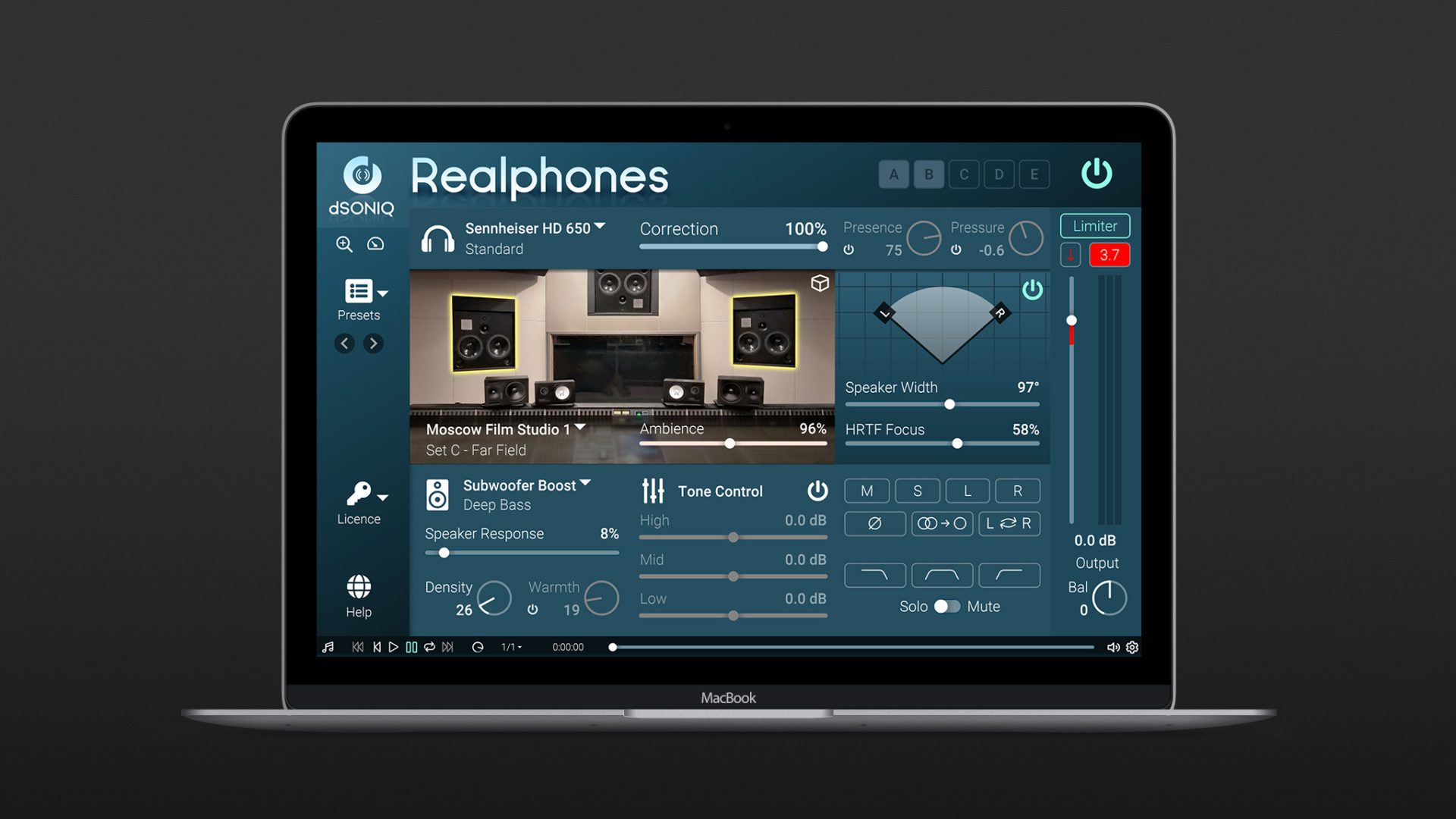



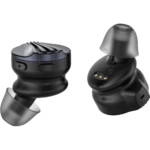




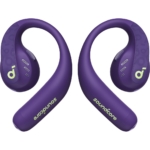
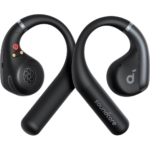

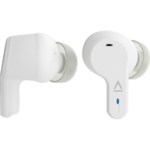

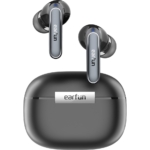


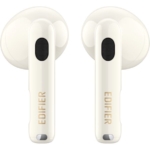

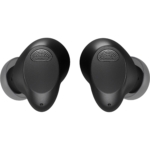



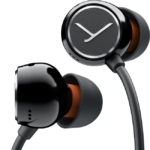


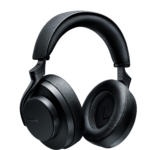






I have been using Realphones with a Beyerdynamic DT-880 Pro and Audio Technica ATH-M20x and have to say I really like the results when I mix as well as the feel when listening to other tracks. Since I produce House, accurate judgement of the the low end is critical and with Realphones, I get the “thump” around my ears that you usually only feel with your whole body. That itself already makes it worthwhile for me, and there are so many more features such as mono check, speaker sims and so on. Also, you get to use 3 different headphones with the Pro version and you can swap them for other models as you need. I recommend giving it a try!